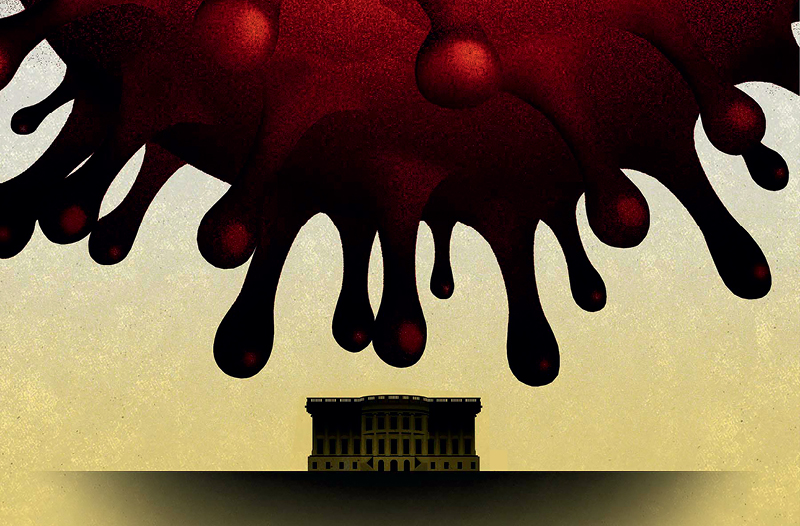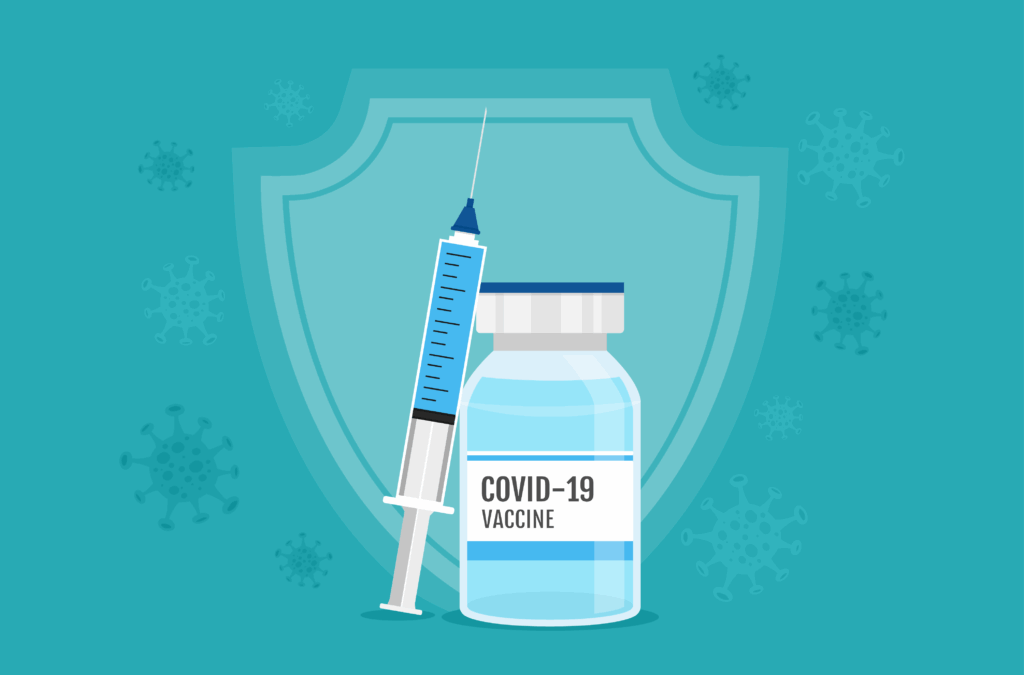
Who Benefits from Drug Price Negotiations?

The head of the Washington, D.C.-based nonprofit coalition, which represents health and employer organizations across the country, discusses the recent Medicare drug price negotiations.
The Inflation Reduction Act of 2022 authorized the Centers for Medicare and Medicaid Services (CMS) to work with pharmaceutical manufacturers to set prices on 10 drugs for diabetes, arthritis, and other conditions for almost nine million Medicare Part D beneficiaries beginning in 2026. Further negotiations on additional drugs are planned. Gremminger discusses what, if any, impact this will have on the private insurance market.
At the time, I was with the Pacific Business Group on Health, which is now the Purchaser Business Group on Health. We worked with groups including the American Business Council and HR Policy Association and others to try to get the bill to stipulate that the provisions would apply to the commercial market. So, it would have said, if Medicare has negotiated a price on a drug, that drug will be available to the commercial market for that price.
We also worked on the second provision of the law that has been less reported on, but I think it is equally as important. That is an inflation cap on the prices of drugs that Medicare negotiated and that has gone into effect. Drug companies are not allowed to increase the price of these drugs more than the inflation rates.
There were two reasons this didn’t end up in the private sector. First, that was deeply opposed by the pharmaceutical industry. Second, the bill passed under budget reconciliation rules a couple of years ago, and the Senate—which decides what is allowed into a budget reconciliation bill—determined that applying these prices to the commercial sector would not fall under what was allowed in the resolution. So, we lost. The direct effect of drug price negotiations on employers and the commercial side is zero.
However, there was a vigorous debate at the time about whether there will be an indirect effect on us. I think it could go one of three ways.
One argument is there will be a sort of balloon-squeezing effect. If drugmakers don’t make enough money on these medications, they will respond by raising the prices on the commercial side more than they otherwise would have. So, in the end, we actually pay more for our medications. That’s one possibility.
Another possibility that’s been advanced is related to transparency. The prices are now public [CMS posted the prices on its website]. We now know exactly how much these drugs cost pre-PBM negotiation. So, employers working with their PBMs could say, “We may be able to get lower prices, even if it’s not exactly what the negotiated prices are.”
My guess is that it will be a wash: we won’t see lower or higher prices in the commercial market, things will just continue the way they are going.
I think we had pretty broad support from Democrats on expanding Medicare price negotiations. I think with Republicans in control, the odds of that are diminishing, although Trump is kind of a wild card. He is less supportive of the pharmaceutical industry than other Republicans. I just have not yet gotten an indication of what this administration is going to do with these price negotiations. Are they going to try to be really aggressive? Will they be less aggressive, or undermine the law?
I think Trump’s ideas were a little bit different in terms of how he would have implemented drug pricing than the way the Democrats did. But I think, directionally, he is there. And so, we’ve been thinking about how to create messaging around this idea of a negotiation, because that’s what he does—negotiate. And if that, under a new regime, would mean using international reference prices, then let’s pursue that.
But negotiating for CMS is one thing, because it’s a government program. Having the government step into what they see as a private interaction between companies—PBMs and, ultimately, employers, makes them feel less comfortable.
If it is going to go into effect [in the commercial market] there would need to be multiple aspects to it. We would also need transparency into what PBMs’ prices are. This is something we were pushing at the end of last year. I think we will continue to push into this year, which is just full income transparency for PBMs, so we know what they purchased the drug for, what discounts or rebates were provided, and make sure those are all passed on to us. And we have to know what additional fees they add. And what those fees were for. Were they actual bona fide value-added services? We see a lot of passing on of fees that have unknown benefits. We would need full price transparency for PBMs to actually enable the kind of market that we’re looking for.
One big difference in the way these drugs were negotiated is there was a negotiation process, but in the end, CMS was going to be able to set the price. And that’s just not something that the commercial sector can do. We can’t say, if you don’t give us what we want, we are just going to reduce the price to what we think is reasonable. This was just such a fundamentally different process than what we normally go through, I’m not sure that there’s going to be a lot to be gleaned for us.
One of the critiques I have of the Medicare price negotiation is that it ignored the role of PBMs in the entire debate. It basically required pharmaceutical companies to reduce the list price to a certain amount, but it didn’t say what the net price is going to be to Medicare. And there’s at least some indication that the net price won’t fall by 50% [which many of the drugs’ list prices were lowered by] because the market will make less money. But what you have squeezed out is a lot of the gross in that bubble that pharmaceutical manufacturers were already facing from PBMs. And so, PBMs aren’t necessarily going to lower the final price by 50%. It might be lower by 30% or 25% or something like that. It depends a lot on the specific market dynamics of each drug. If it was already a heavily rebated drug, then the net price probably won’t fall that much. If it is the only drug in the market in that class, or something like that, then you’ll probably see some significant net price decreases.
What we’ve already started to see is that PBMs have begun to steer people away from negotiated drugs. So, if there are multiple drugs in a market class, and one of them is subject to price negotiations, PBMs could now work with doctors to take people off that drug and put them on another drug that isn’t subject to negotiations. And this is an obvious problem that has to be solved. If they are able to do this, it really is fundamentally undermining the entire point of this process. PBMs have a lot more control over what drugs people take than individuals do, and, to a certain extent, even more than what doctors do. PBMs decide what to cover under a formulary and what the copay is, and all of that kind of stuff.




